New Rules Could Block Biofuel’s Alien Invaders
Producing biofuel from plants can help to reduce fossil fuel use and climate change emissions, but scientists warn of risks that some species may become unwelcome and damaging invaders.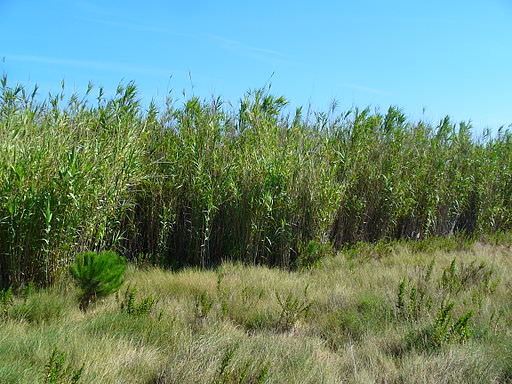
By Alex Kirby, Climate News NetworkThis piece first appeared at Climate News Network.
LONDON — Researchers in the US have warned those anxious to cut greenhouse emissions to make quite sure that the cure they choose will not turn out worse than the disease.
They have developed a tool that should help to avoid the danger that efforts to address climate change could allow invasive plant species to spread where they are not wanted.
Making fuel from plants avoids using fossil fuels — although it does use land that could otherwise grow crops. But scientists are concerned that plants grown for their energy could damage their new environment.
If a plant grown as a biofuel crop is approved solely on the basis of reducing greenhouse gas emissions, the scientists from the University of Illinois warn that its potential as the next invasive species may not be discovered until it’s too late. So they have drawn up a set of regulatory definitions and provisions.
White list
They also assessed 120 potential bioenergy feedstock taxa (biological classifications of related organisms) and came up with a “white list” of 49 low-risk biofuel plants — 24 native and 25 non-native — from which growers can choose.
Lauren Quinn, an invasive plant ecologist at the university’s Energy Biosciences Institute, and her colleagues set out to create a list of low-risk biofuel crops that can be safely grown for conversion to ethanol. But in the process of doing that, they recognised that regulations were needed to instill checks and balances in the system.
“There are not a lot of existing regulations that would prevent the planting of potentially invasive species at the state or federal levels,” Dr Quinn says.
In approving new biofuel products, she says, the US Environmental Protection Agency (EPA) does not formally consider invasiveness at all — just greenhouse gas emissions related to their production.
The report’s co-author, A. Bryan Endres, professor of agricultural law at the university, says: “Last summer, the EPA approved two known invaders, Arundo donax [giant reed] and Pennisetum purpurem [napier grass], despite public criticism.”
The researchers say there is no clear and agreed scientific definition of what “invasive” means, although the UN Convention on Biological Diversity has made a brave attempt, while also broadening the category. It says: “Invasive alien species have devastating impacts on native biota, causing decline or even extinctions of native species, and negatively affecting ecosystems.”
Dr Quinn says: “Our definition of invasive is ‘a population exhibiting a net negative impact or harm to the target ecosystem’ . . . We want to establish guidelines that will be simple for regulators, and informed by the ecological literature and our own knowledge.
“We also need to recognise that some native plants can become weedy or invasive. It’s complicated, and requires some understanding of the biology of these plants.
High risk
“Some of the biofeedstocks currently being examined by the EPA for approval, like pennycress, have a high risk for invasion. Others have vague names such as jatropha, with no species name, which is problematic.
“For example, there are three main Miscanthus species, but only sterile hybrid Miscanthus giganteus types are considered low risk. However, the EPA has approved “Miscanthus” as a feedstock, without specifying a species or genotype.
“That’s fine for the low-risk sterile types, but could mean higher-risk fertile types could be approved without additional oversight.”
Dr Quinn thinks the team’s list of low-risk feedstock plants will serve to clear up the confusion about plant names. It was developed using an existing weed risk assessment protocol, which includes an extensive list of 49 questions that must be asked about a particular species — based on its biology, ecology, and its history of being invasive in other parts of the world.
Although a plant may be native to a part of the US, it could be considered invasive if it is grown in a different region, Dr Quinn says. “For example, Panicum virgatum is the variety of switchgrass that is low risk everywhere except for the three coastal states of Washington, Oregon and California.
“But future genotypes that may be bred with more invasive characteristics, such as rapid growth or prolific seed production, may have higher risk.”
Your support matters…Independent journalism is under threat and overshadowed by heavily funded mainstream media.
You can help level the playing field. Become a member.
Your tax-deductible contribution keeps us digging beneath the headlines to give you thought-provoking, investigative reporting and analysis that unearths what's really happening- without compromise.
Give today to support our courageous, independent journalists.
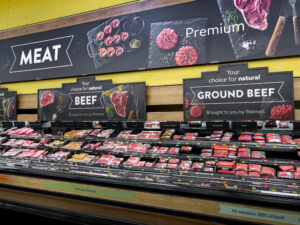
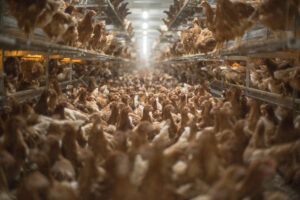
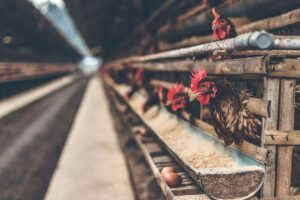

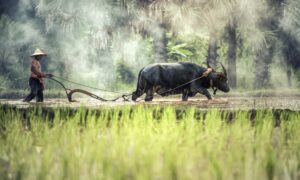

You need to be a supporter to comment.
There are currently no responses to this article.
Be the first to respond.